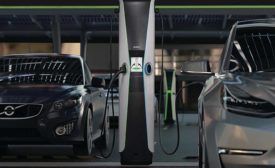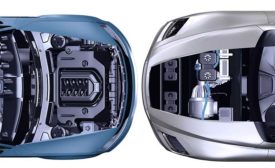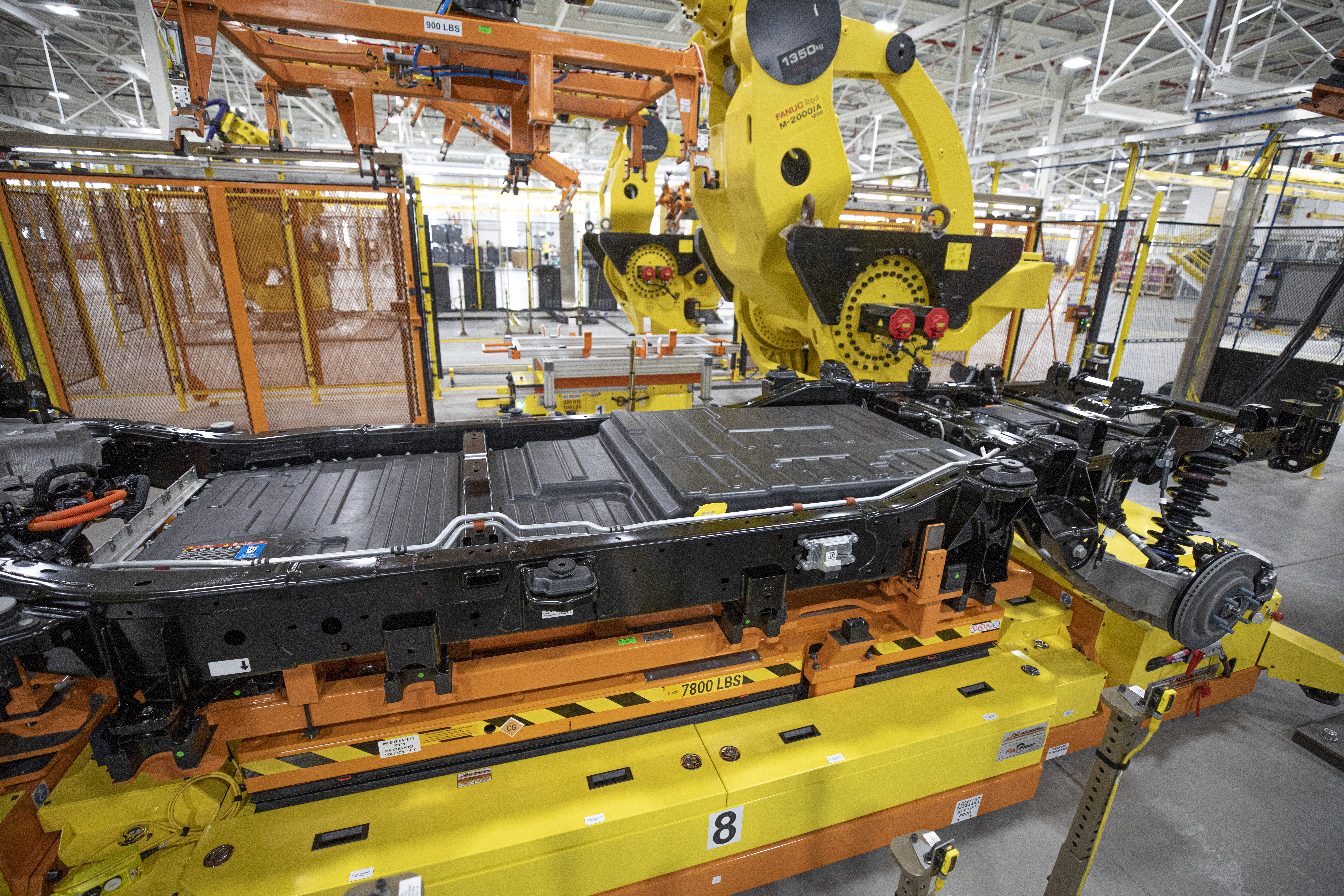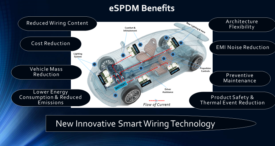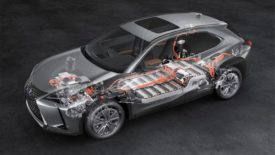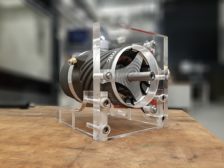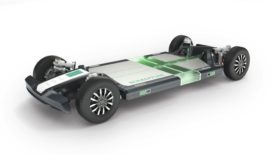Autonomous & Electric Mobility
Testing Electric Vehicle Components
Testing challenges and opportunities pave the road to electromobility
September 21, 2021
Unmanned Vehicles Take to the Sea
Currents are slowly pushing autonomous ships into the mainstream.
September 16, 2021
Making Electric Vehicles Quieter
Sound absorption and noise dampening present huge challenges in electric vehicles.
September 15, 2021
Never miss the latest news and trends driving the manufacturing industry
Stay in the know on the latest assembly trends.
JOIN TODAY!Copyright ©2024. All Rights Reserved BNP Media.
Design, CMS, Hosting & Web Development :: ePublishing
